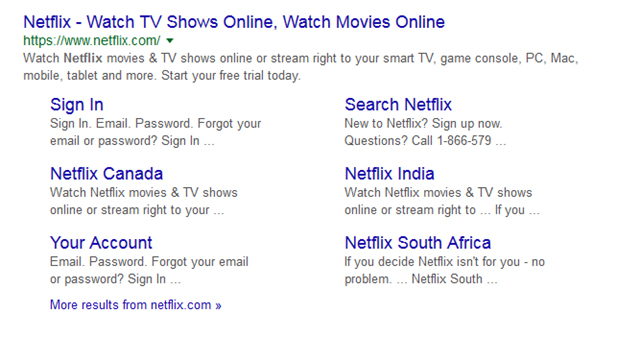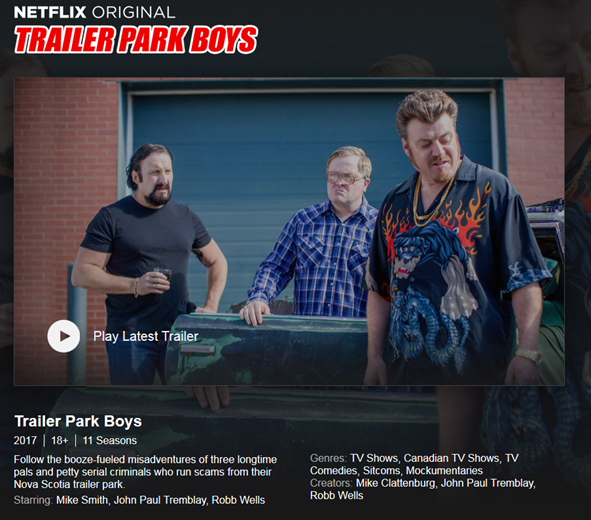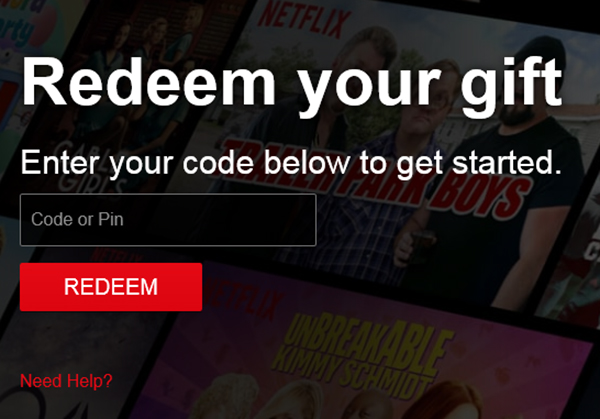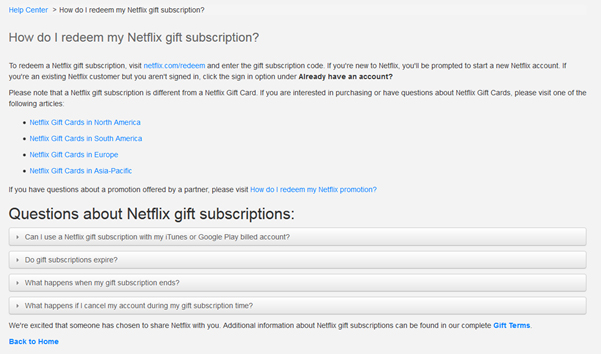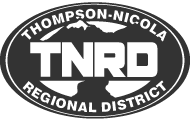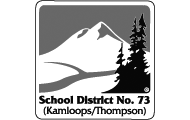What is SEO Crosslinking? July 26, 2017
What is SEO Crosslinking?
Crosslinking is the art of creating links within a website that helps to navigate users throughout your site. An example of this can be explained simply. The home page connects to the contact page, the contact page connects back to the home page. It is essentially the art of referencing and/or connecting content from one area to another and back again.
A second example would be an item you’re selling on a product page which connects to your purchase pages or a link that offers more description of that product. The back button off the description area returns you back to your product in your cart, your purchase page allows a link back to return shopping and so forth.
Crosslinking allows the user to navigate seamlessly and when done correctly, can generate a better return on your investment by increasing online sales and enhancing user engagement with your product or service.
The down and ugly side of crosslinking however is that without a plan can create a disaster if not thought out thoroughly. Management of links and where they go is critical within a site and need to be maintained on a regular basis is content is always changing with a website. No one likes to click on a link that goes nowhere and we have all been victim to that I am sure at one time or another.
Search Engines Only Know What You Tell Them
Many search engines such as Google when they crawl your website are searching for usable information that they can produce when describing what your content is all about. In order to optimize your crosslinking it is important to give your links meaning. Naming a link ‘Click Here’ doesn’t assist search engines in describing what your content is all about.
Example:
For this example I am going to use the movie service provider Netflix which is an excellent example of a crosslinking website with effective use of crosslinking labels. Below you can see how all of Netflix links have meaning. There is a link that clearly reads ‘Sign In’, one that reads ‘Search Netflix’ or even ‘Netflix Canada’. Search engines don’t understand the content before the link or what comes after it; only what you tell them it is. So, when a user types into a search engine: ‘Sign into Netflix’ and Netflix doesn’t have a link that reads ‘Sign In’ then the search engines will simply direct the user to pages it thinks you may be looking for. As you can see this isn’t very effective in optimizing your content.
To further explain the power in crosslinking, into Google I typed ‘ Netflix movie list Canada Trailer Park Boys’. Since the crosslinking is so powerful and well described on Netflix, Google search engines were able to extract the exact content I needed from the country in where I needed it from. You can view this within the URL (Netflix.com) main website (ca) this is the standard abbreviation for Canada, (title) of the movie I was looking for, (70153385) the title identification number.
Thus producing when clicked, exactly what I was looking for.
Another good example of effective crosslinking on Neflix can be seen in the image below:
You can see that their link ‘Need Help’ clearly describes to the user what this link means. This will also help search engines to know and understand the purpose of the link. So when the user types in ‘Help redeeming gift card Netflix’ it will send them to the proper page they’re looking for as seen below:
4 SIMPLE TIPS TO OPTIMIZE YOUR SEO CROSSLINKING
- Avoid the use of ‘click here’ or ‘apply now’ to describe your links. Give your links meaning by using long tail keywords that are specific to where you are directing your users. An example ‘Need Help?’ or ‘Contact Customer Service’. This will also assist when tracking content how people are moving around within your website.
- Make sure your links work. Know where they go and when content is moved or changed, make sure all the links directing to one another are maintained and changed along with the content. It is good practice to click on everything within your site to make sure that any internal or external links are not directing the users to 401 pages.
- Plan out your link paths. Effective crosslinking is not just about making people click here, then here. You need to ask yourself; ‘What is the purpose to sending the user here’. Remember that the more your user is being danced around your website, the more frustrated they will become. So while you think that your content is special and meaningful to you, your user just wants to find what they are looking for and not necessarily learn about the story of how you got started.
- Monitor your most viewed pages and generating the most traffic. Make a plan how to optimize this page by incorporating links to your service and/or product to help generate leads, as well as to try and link to pages with lower traffic to improve the search engine ranking for those pages.
While there are other numerous ways to help you optimize your SEO Crosslinking, this will help you and your business get on the road to generate content with meaning and boost your online traffic.
pubg hacks
